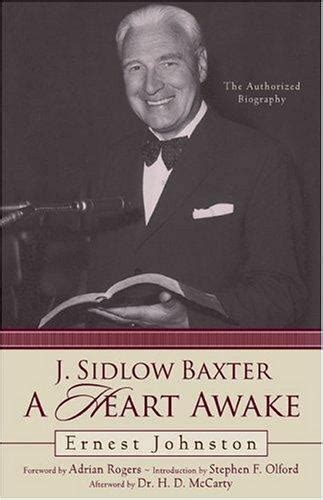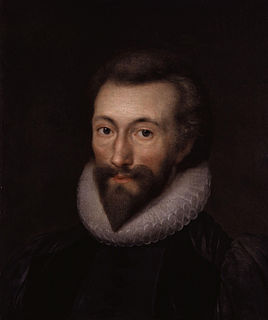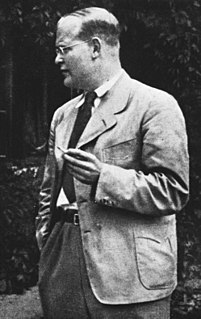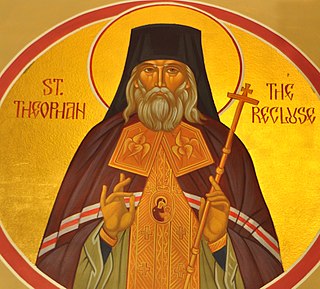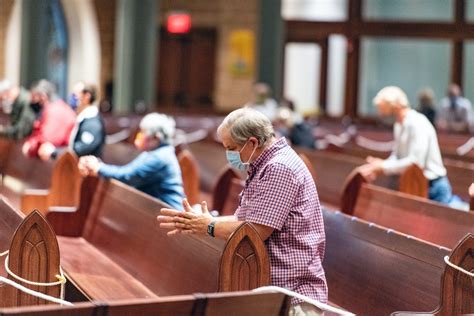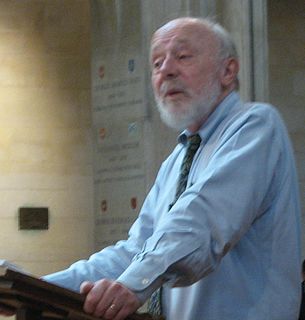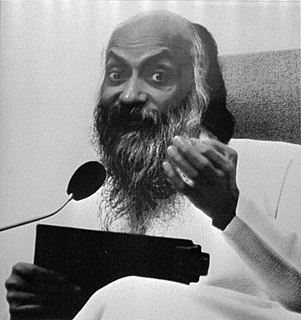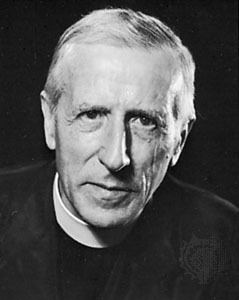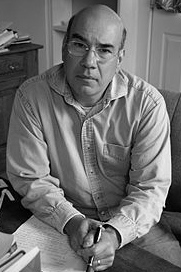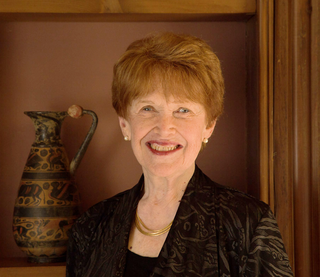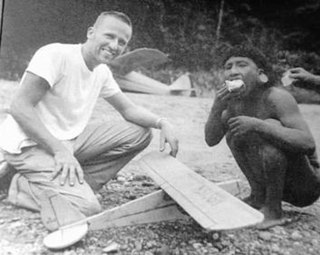A Quote by J. Sidlow Baxter
Bethlehem and Golgotha, the Manger and the Cross, the birth and the death, must always be seen together.
Related Quotes
The whole life of Christ was a continual Passion; others die martyrs but Christ was born a martyr. He found a Golgotha even in Bethlehem, where he was born; for to his tenderness then the straws were almost as sharp as the thorns after, and the manger as uneasy at first as his cross at last. His birth and his death were but one continual act, and his Christmas day and his Good Friday are but the evening and morning of one and the same day. And as even his birth is his death, so every action and passage that manifests Christ to us is his birth, for Epiphany is manifestation.
There are only two places where the powerful and great in this world lose their courage, tremble in the depths of their souls, and become truly afraid. These are the manger and the cross of Jesus Christ....No priest, no theologian stood at the cradle of Bethlehem. And yet, all Christian theology finds its beginnings in the miracle of miracles, that God became human.
The Son of God did not want to be seen and found in heaven. Therefore he descended from heaven into this humility and came to us in our flesh, laid himself into the womb of his mother and into the manger and went on to the cross. This was the ladder that he placed on earth so that we might ascend to God on it. This is the way you must take.
Remember that each of us has his own cross. The Golgotha of this cross is our heart: it is being lifted or implanted through a zealous determination to live according to the Spirit of God. Just as salvation of the world is by the Cross of God, so our salvation is by our crucifixion on our own cross.
When one existentially awakens from within, the relation of birth-and-death is not seen as a sequential change from the former to the latter. Rather, living as it is, is no more than dying, and at the same time there is no living separate from dying. This means that life itself is death and death itself is life. That is, we do not shift sequentially from birth to death, but undergo living-dying in each and every moment.
I've come to believe that God, in His wisdom, allows martyrdom in every generation in part because, without them, the reality of Christ's death for us becomes increasingly blurry... As we look at [the martyrs], the mist that sometimes enshrouds first-century Golgotha is burned away, and we see...the Lord nailed to the cross.
Faith is not our saviour. It was not faith that was born at Bethlehem and died on Golgotha for us. It was not faith that loved us, and gave itself for us; that bore our sins in its own body on the tree; that died and rose again for our sins. Faith is one thing, the Saviour is another. Faith is one thing, and the cross is another. Let us not confound them, nor ascribe to a poor, imperfect act of man, that which belongs exclusively to the Son of the Living God.
I would argue that the truth of Easter does not depend on whether there was an empty tomb, or whether anything happened to the body of Jesus. ... I do not see the Christian tradition as exclusively true, or the Bible as the unique and infallible revelation of God. ... It makes no historical sense to say, 'Jesus was killed for the sins of the world.' ... I am one of those Christians who does not believe in the virgin birth, nor in the star of Bethlehem, nor in the journeys of the wisemen, nor in the shepherds coming to the manger, as facts of history.
Birth leads to death, death precedes birth. So if you want to see life as it really is, it is rounded on both the sides by death. Death is the beginning and death is again the end, and life is just the illusion in between. You feel alive between two deaths; the passage joining one death to another you call life. Buddha says this is not life. This life is dukkha - misery. This life is death.
The trouble with us is that we've preached a 'cross' religion, and we need to preach a 'throne' religion. By that I mean that people have thought they were supposed to remain at the cross. Some have received the baptism in the Holy Spirit, have backed up to the cross, and have stayed there ever since...The cross is actually a place of defeat, whereas the Resurrection is a place of triumph. When you preach the cross, you're preaching death, and you leave people in death.
As we have a high old time this Christmas may we who know Christ hear the cry of the damned as they hurtle headlong into the Christless night without ever a chance. May we be moved with compassion as our Lord was. May we shed tears of repentance for these we have failed to bring out of darkness. Beyond the smiling scenes of Bethlehem may we see the crushing agony of Golgotha
